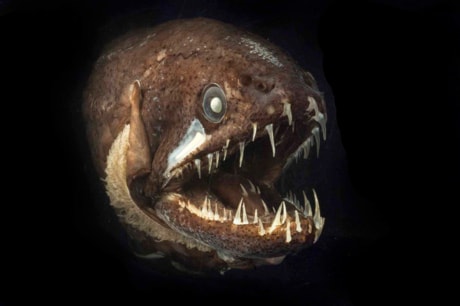The oceans that cover most of the Earth’s surface plunge to a depth of more than 10 kilometres in places, yet science’s cumulative knowledge of what they contain may only skim the surface, a major international study suggests.
The Census of Marine Life, a 10-year undertaking involving more than 2,700 scientists worldwide, published an inventory Monday of the distribution of species and their diversity in key areas, a prelude to the Oct. 4 release of its full findings in London.
“We estimate that for every species we know, there’s probably another four that we don’t know about,” said Paul Snelgrove, a professor of marine sciences at Memorial University in Newfoundland and Labrador.
“Pretty much every time you pull something out of the deep ocean you’re very likely to find something new in it, even in waters that we know fairly well.”
Participants in the census hope to shed greater light on what lives in the sea, an attempt they say to “bring order out of chaos” by collating sparse, uneven, local marine research to create a new knowledge baseline.
As if to underline Snelgrove’s point, marine scientists on board the Canadian research vessel Hudson returned from 28 days on the Grand Banks off Newfoundland last Wednesday to report some new discoveries. They estimate that of the 500 catalogued samples taken from the Flemish Cap, the Orphan Knoll and the Sable Gully, five to 10 were previously unknown, including some corals and sponges.
Snelgrove, who is helping pull together centuries-old marine knowledge and more recent data, said it is daunting that so little is known about many species and what they are doing in the vast oceans.
The census has compiled a “roll call” of species in 25 biologically representative regions of the planet from the Antarctic through temperate and tropical seas to the Arctic.
“It’s more than just a pure count but an effort to try and determine how things interact with each other,” said Snelgrove.
Pierre Archambault, a marine ecologist with the University of Quebec at Rimouski who is helping provide Canadian input, said the country’s climate and size complicates efforts to broaden research.
“We have a snapshot of what’s going on in the summer. We don’t know what goes on in the winter in most of Canada,” he said.
